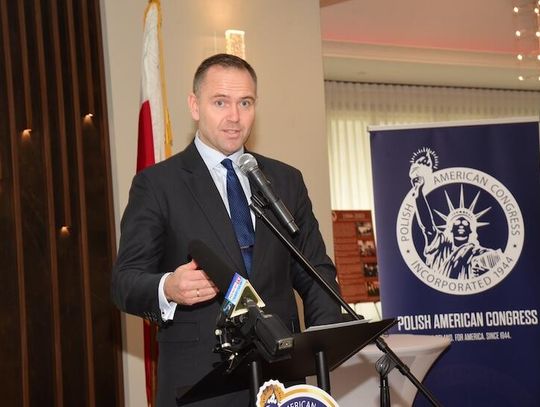Grant funds computer simulation to train social work students, clinicians
- 10/27/2015 04:12 PM
CHAMPAIGN, Ill. — A federal grant of more than $919,000 from the Substance Abuse and Mental Health Services Administration will fund one new course at the University of Illinois and support training for clinicians at area agencies in conducting early interventions with people who abuse substances.
The training will be accomplished using a computer simulation called the Screening, Brief Intervention and Referral to Treatment protocol, an early intervention often used in hospital emergency rooms and other public health settings to screen people for substance abuse problems.
Viewers using the program, developed by the technology company Kognito, must select the correct clinical response based upon the information provided by an onscreen client.
“This is an emerging technology for training clinicians,” said social work professor and principal investigator Douglas C. Smith. “For a long time, clinical training has involved showing demonstration videos to students and having them do face-to-face role plays. But as education moves to more online and distance education models, we’re trying to find the most efficient way of teaching people clinical skills.”
Historically, social work education has relied on field placements to teach students those skills, Smith said.
“This grant also provides the opportunity to help field placement sites provide state-of-the-art supervision on evidence-based treatments,” Smith said. “So this project is also about bridging research-to-practice divides.”
The simulation will be used with students in one new and two existing courses in the School of Social Work that address substance abuse disorders.
Smith and co-director Liliane Windsor, also a professor in the school, are developing curricula for the new master’s-level course and revising curricula for two other courses, one for undergraduate students and another for students in the master’s program. All of the courses will be offered beginning with the spring 2016 semester.
As part of the project, Smith and Windsor also are creating professional development curricula for providing the same training to field supervisors at area agencies who oversee master’s students during their field practica. Field supervisors will learn both how to conduct SBIRT interventions and how to supervise students who are conducting them, training which working professionals can use to fulfill their annual continuing education requirements for licensure.
“This training will directly benefit agencies, locally and statewide, hopefully infusing in their cultures the idea of screening and watching out for substance abuse among their clients where they may not have done that before,” said Windsor, who joined the social work faculty this semester and researches issues related to substance abuse disorders, criminal justice and health disparities. “One thing that’s really important about this grant is that it takes the research to the field and enhances the quality and availability of evidence-based treatment.”
The screener is effective at identifying clients who have alcohol or drug dependencies and are likely to develop related health problems, such as cancer or heart disease, and can be performed by health professionals from a wide variety of backgrounds, including physicians, nurses, physical therapists and social workers, Windsor said.
Experts estimate that only 10 to 20 percent of people with diagnosable substance abuse problems receive treatment, Smith said
“Given the very low rates of treatment access among both heavy drinkers and people with bona fide addictions, I think this is poised to expand access to qualified trained professionals,” Smith said. “Our students work in a wide variety of disciplines, in many different settings where screening for alcohol and drug problems is likely going to be very beneficial to people. It’s exciting to give students hands-on training in this intervention.”
In a study that is also being funded by the SAMHSA grant, Smith and Windsor will compare the instructional efficacy of the computer simulations with those of traditional instructional methods, such as role-playing exercises, lectures and videos.
SHARITA FORREST
Reklama











